Is Broad Best?
Turning Audience Strategies Upside Down
If your Meta campaigns have lost ground or become less efficient, you need to revisit your audience strategy and update your thinking. Kinase Account Manager Karen Smith takes a look at the direction of travel for automation in Paid Social.
Rewind a few years and Facebook marketing centred on the Audience Insights tool. It was the go to place for identifying the Interest Categories of people who engaged with a page and website. This was logical at the time - start with existing customers and site visitors, and build out from there. They are the golden groups from whom you can extrapolate users to expand your customer-base - right? This approach led to the wide use of customer profiling, and remains a common way to approach a paid social campaign.
After all, marketing budgets are limited so what’s the point in targeting spend towards users who fall outside of these customer profiles?
One word: Limitation.
How do we guarantee relevant users don't get missed - ruled out by the assumptions we have made in looking for more people like the people we know? Fragmentation, ad fatigue and inefficiency can result, as we explore below.
Limitations to Audience Targeting
Inefficiency is a common problem in accounts which Kinase audits. A prime cause is a high level of audience overlap - the more audience segments running, the higher the likelihood of this. Overlap means the same users are targeted more than once with the campaign budget, and the activity cannibalises itself.
A great example is to think of yourself as a user of Instagram or Facebook - think about your interests and how the platforms categorise them. We are all interested in many things that go beyond one category, and targeting needs to reflect this in order to find potential customers. The categorisation platforms can make is also getting worse, as data gets scarcer as iOS 14 and ongoing privacy changes mean that first person data off-platform is ruled out.
Small audience sizes mean there’s little room for the algorithm to learn. Ads are shown more often to the same people. This means that audiences also fatigue quickly, requiring more creative refreshes, resulting in a strain on business resources. Preventing the algorithm from learning results in activity not exiting the strategy’s learning phase, which in turn hinders delivery and may eventually prevent spend in competitive auctions.
Exiting the learning phase is key to ensuring any delivery algorithm can actually work well. Meta states that fifty optimisation events are adequate to begin feeding the algorithm and to start showing signs of more stable performance. A large number of audiences (and so also ads) can fragment conversions across an account, meaning that many campaigns don’t reach the fifty threshold.
Hello to Simplified Targeting
This is where the importance of simplified targeting comes in. This is how you can release the throttle, see more efficient returns, grow your audience and ultimately grow your business.
The direction of travel for ad tech has been to advance machine learning. A key element of this has been to give the machine broad enough targeting for it to optimise - relinquishing the old control which used to make sense, to allow new algorithms to pick up and go further. Google’s ‘Modern Search’ which combines broad match keyword targeting with Smart Bidding is a case in point.
For Paid Social and Meta, the first big move was the introduction of Dynamic Ads for Broad Audiences back in 2015. Strong performance followed, and then in autumn 2022 Meta announced their next big thing: Advantage+ Shopping Campaigns. These allow further room for machine learning by combining Prospecting and Remarketing audiences and running up to 150 ads.
Of course, every new step must be tested and new tech evolves to get better. For an account which has become inefficient and lost ground, we recommend targeting a broader audience to allow the machine to learn and find the best users within that audience. Combined with this, focus on the creative level by calling out key brand messages, blog post topics or product USPs that a user may have previously engaged with further up the funnel.
If both media spend and all audience pools are large enough, plus messaging is super specific, then that’s the moment when more specific audiences can give an optimisation boost. But despite seeming counter-intuitive at first, broader targeting releases every signal Meta has to optimise to, while further segmentation can still come further on in retention, lifetime value and newsletter strategies.
Best practice does indeed change - at Kinase we recognise it’s a combination of testing, new tech, new methodologies, and evolution.
By Karen Smith, Paid Social Account Manager


